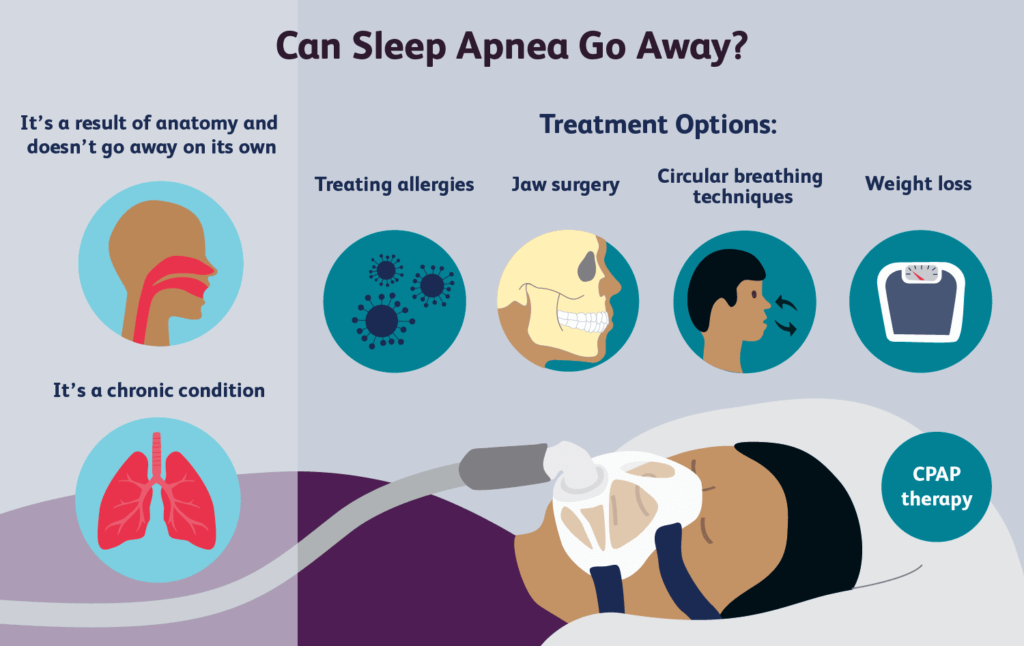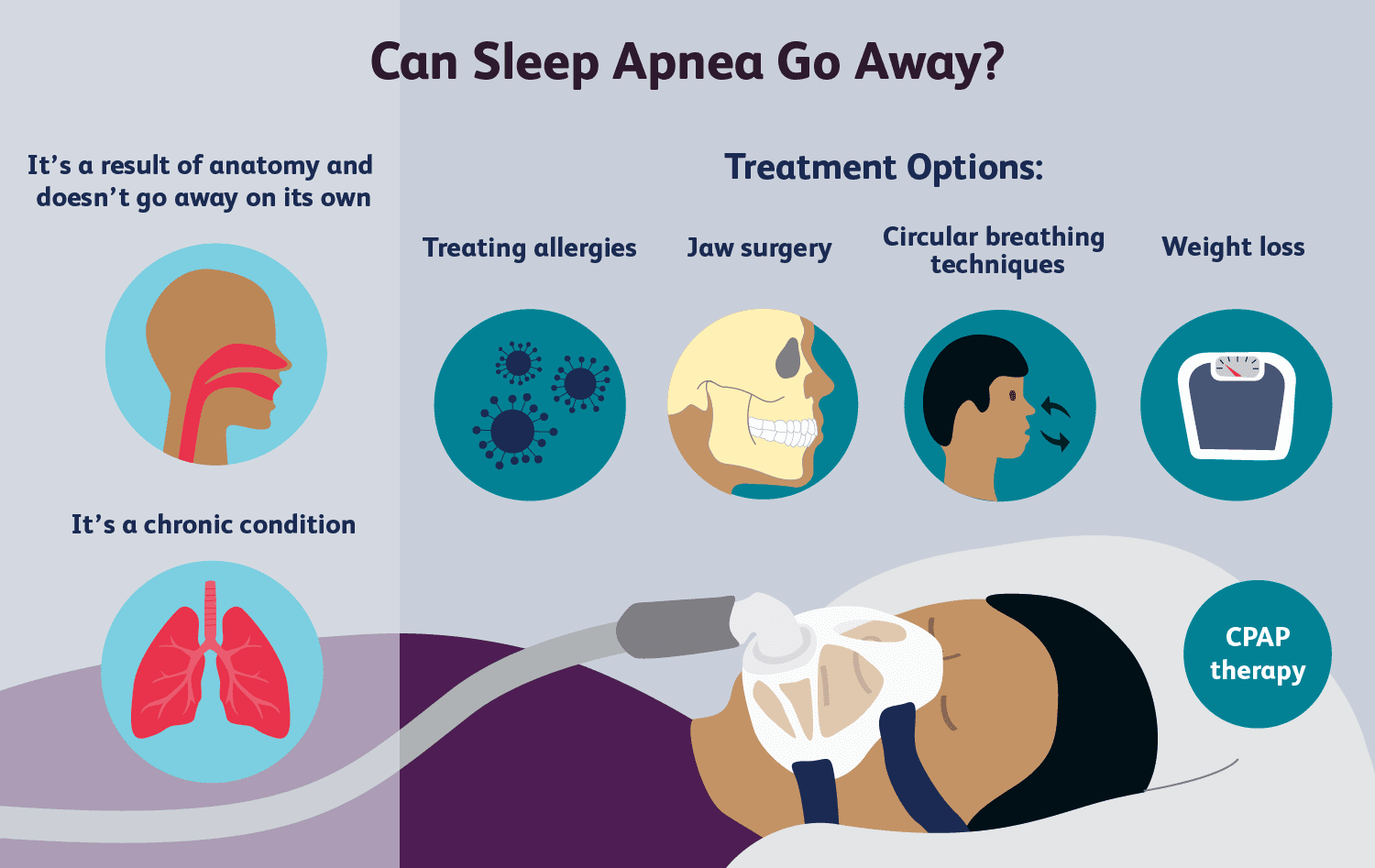Sleep apnea, a common but often misunderstood sleep disorder, can significantly impact one’s quality of life and overall health. In this comprehensive guide, we will delve into the intricacies of sleep apnea, exploring its symptoms, causes, and the array of treatment options available to those affected.

Understanding Sleep Apnea:
Sleep apnea is characterized by pauses in breathing or shallow breaths during sleep. These interruptions, known as apneas, can last for a few seconds to minutes and may occur multiple times throughout the night. The two primary types of sleep apnea are obstructive sleep apnea (OSA) and central sleep apnea (CSA).
- Obstructive Sleep Apnea (OSA):
OSA, the more prevalent form, occurs when the muscles at the back of the throat relax excessively, causing a temporary blockage of the airway. This results in disrupted breathing and often leads to loud snoring. - Central Sleep Apnea (CSA):
CSA is less common and involves a failure of the brain to transmit proper signals to the muscles responsible for controlling breathing. Unlike OSA, snoring is not a prominent feature of CSA.
Recognizing the Symptoms:
Sleep apnea symptoms can manifest in various ways, affecting both the affected individual and their sleep partner. Common signs include:
- Loud Snoring:
Persistent and loud snoring is a hallmark of sleep apnea, particularly in obstructive cases. - Pauses in Breathing:
Witnessed episodes of breathing cessation during sleep are a significant indicator. - Excessive Daytime Sleepiness:
Chronic fatigue and an overwhelming urge to nap during the day are often reported. - Morning Headaches:
Headaches upon waking may be indicative of oxygen deprivation during the night. - Difficulty Concentrating:
Cognitive impairment, memory issues, and difficulty concentrating are associated with disrupted sleep.
Risk Factors and Causes:
Several factors contribute to the development of sleep apnea:
- Excess Weight:
Obesity is a significant risk factor, as the accumulation of fatty tissues can impede airway function. - Neck Circumference:
Individuals with a thicker neck may have a narrower airway, increasing the likelihood of obstruction. - Gender and Age:
Men are more prone to sleep apnea than women, and the risk increases with age. - Family History:
Genetic factors can play a role in predisposing individuals to sleep apnea. - Medical Conditions:
Conditions such as hypertension, diabetes, and hormonal disorders may elevate the risk.
Diagnosis and Treatment Options:
Timely diagnosis is crucial for effective management of sleep apnea. Diagnosis often involves a combination of a detailed medical history, sleep studies, and, in some cases, home sleep apnea testing.
Once diagnosed, various treatment options are available:
- Continuous Positive Airway Pressure (CPAP):
CPAP therapy involves using a machine that delivers a continuous stream of air through a mask to keep the airway open during sleep. - Bi-level Positive Airway Pressure (BiPAP):
Similar to CPAP, BiPAP adjusts the air pressure for inhalation and exhalation, providing a more customized breathing support. - Lifestyle Modifications:
Weight loss, positional therapy, and avoiding alcohol and sedatives can contribute to symptom improvement. - Surgery:
Surgical interventions may be considered for severe cases, addressing structural issues that contribute to airway obstruction. - Dental Appliances:
Mandibular advancement devices reposition the jaw to prevent airway collapse, offering a non-invasive option for some individuals.
Conclusion:
Demystifying sleep apnea is crucial for those affected and their loved ones. Recognizing the symptoms, understanding the risk factors, and exploring the available treatment options can pave the way for better management and improved quality of life. If you suspect sleep apnea, seeking professional medical advice is the first step towards a restful and rejuvenating night’s sleep.

